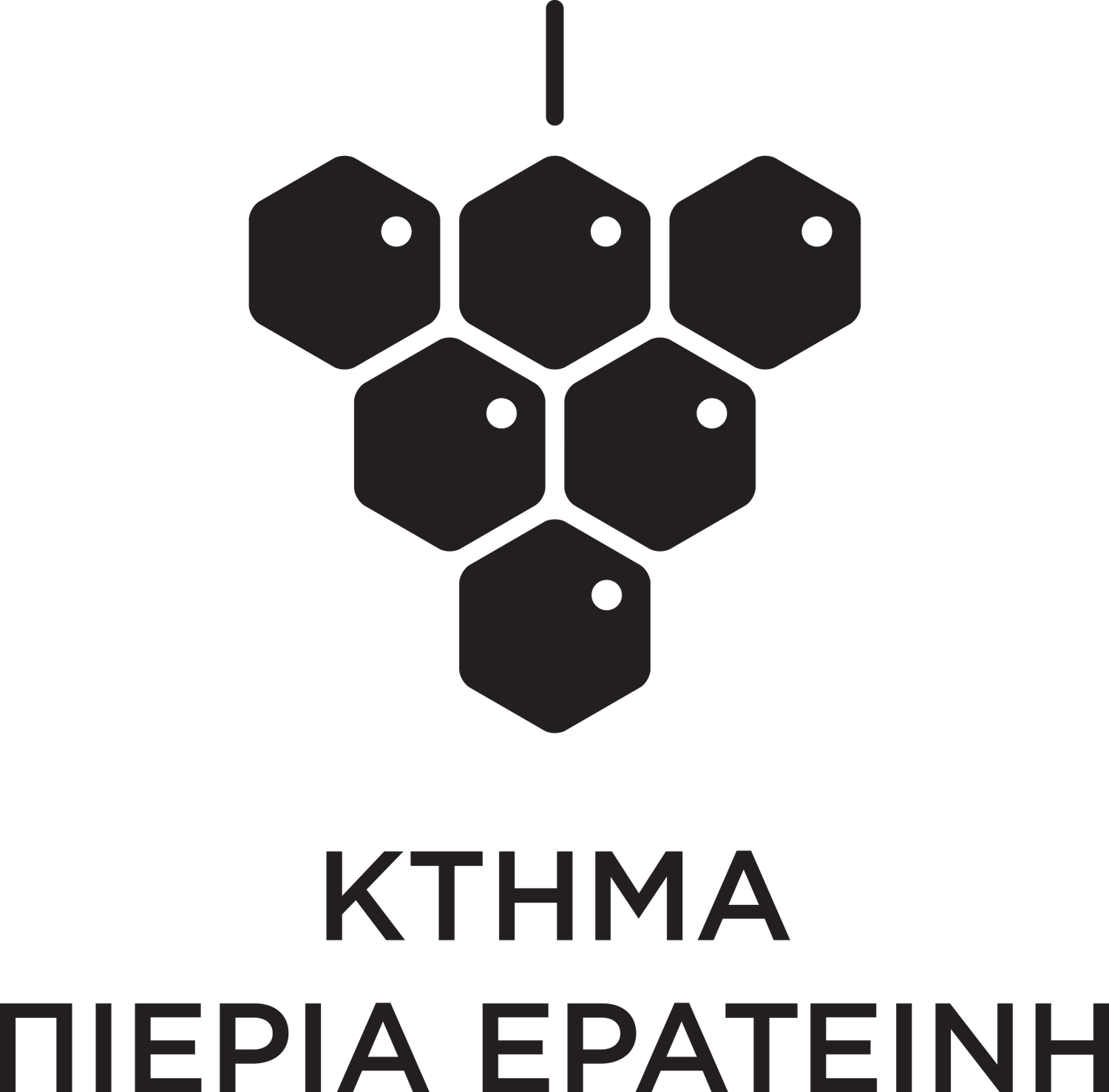Featured in “WineTrails”
Presentations
…”Rich aromas for the white wines on the hillsides of Kolindros, Pieria”
At the foothills of Pieria, with a view of the plain of Thessaloniki and the Thermaikos Gulf, “Wine Trails” magazine had a meeting with Pavlos Argyropoulos, oenologist, winemaker and co-founder - together with oenologist Andreas Pantos - of the "Pieria Eratini" Estate. Why? Harvest time!
The vine leaves on the vivid vines of the green vineyard that stretched out in front of us, seemed to "dance" to their own peculiar rhythm. The cool "Libbiatis Air" had moved up from the 2,918 meters of the "Mountain of Gods" Olympus, which stood proudly behind us and was rapidly descending from the west, towards Thessaloniki, crossing steep gorges and the Great Pierian Forest with its over-aged trees. Before it "faded" on the breeze of Thermaikos, it also passed by the hillsides of Kolindros, at the foothills of Pieria. Thanks to his presence, as the locals say, the climate of the area is dry and summers become cool even under the August sun, when the cicadas burst.
On one of these hillsides, with the light sandy soils and the view to the plain of Thessaloniki and the Thermaikos Gulf, “Wine Trials” magazine was found on the morning of September 1st.
The boutique winery, which maintains a 150-acre organic vineyard around the women's Monastery of Agios Athanasios, began "cutting" the first grapes of the season that morning, after repeated postponements, until, finally, continuous measurements showed that the grapes had reached the desired stage of maturation.
"We're about ten days late this year. The harvest season is shaped by the grape cycle. It started a little later this year. We had a cool spring and a cool summer at the beginning, which also developed slowly, so we got to the month of maturity, August, where we had a lot of rain. They were beneficial, we wanted it. Of course they delayed the maturation of the grape a little bit, but they gave it more vigor," explained Mr. Argyropoulos, while he was looking at some bunches of grapes and added that "in the microclimate of Kolindros it is not only about sugar. It is the whole potential of the grape. That is, the acidity, the aroma and the tannins are going hand in hand."
The start was made with Chardonnay and Malagouzia, while according to the plan that had been worked out, it was to continue in the next few days with Kolindrino, Assyrtiko, Syrah, Cabernet Sauvignon and Xinomavro, with which the vineyard is planted, until all the grapes of the year are harvested.
“We harvest 400 kg per acre”
Generally the harvest here in the region of Pieria, lasts from 11 to 14 days, depending on the maturation, the harvesters and the amount of grapes in each vineyard. This year, in proportion to other years, the quantity is relatively above average. However, for us it is still too low, because the average quantity of raw material we harvest is around 400 kg per hectare in order to ensure quality grapes," the experienced winemaker explained.
Signature of the Winery: the “Naked King”
As far as the Winery’s wines are concerned, the "heavy artillery" is the "Naked King", the first label produced and complemented by the "Naked Queen", "Wishes" (white, red and sweet concentrate) and "Meta", a natural wine of oxidative vinification.
"Our goals are to produce a special Chardonnay and to move forward with a special vinification for the local indigenous variety “Kolindrino” as well. But everything will depend on the Covid-19 pandemic and how the market reacts, which has returned, in terms of sales, to 2017," said Argyropoulos and estimated that the next quarter will be crucial for Greek wineries."
Evaluating the first samples of the harvest, Mr. Argyropoulos, who has studied oenology in France, did not hide his enthusiasm. "I think this year will be a good year. The conditions are there. At least for the white wines, as the grapes have ripened properly and have rich aromas. We should now look at the maturation of the reds. I have no doubt about the Syrah. It's a variety that needs water and at maturity not to be strained, but to go slowly and over a long period of time. Cabernet should be favored. More days will be required there and we will see its concentration. Right now we seem to be doing well in this area because the bunches and grapes are small and the bark to juice ratio is high again. Let's not forget that we want raw material for long-aged wines," he said.
Text : Leonidas Liamsi / Photos : Pericles Panagiotidis






